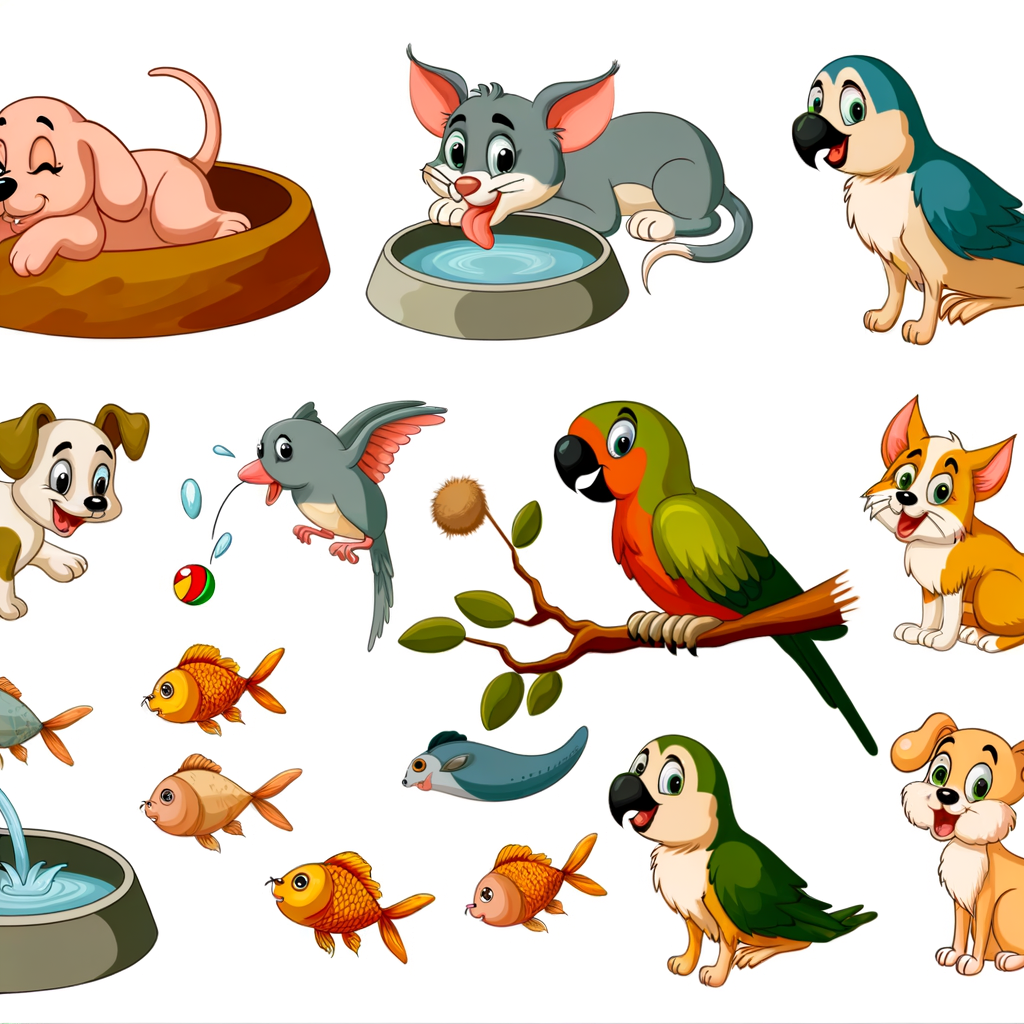Tail Tales: Understanding Your Pet's Silent Language

Welcome to our blog post titled ‘Tail Tales: Understanding Your Pet’s Silent Language’. In this post, we’ll take a closer look at the fascinating world of pet communication, specifically focusing on the tales their tails tell us.
Animals use a variety of ways to communicate, and one of the most expressive body parts they use is their tail. It’s not just an appendage, but a voiceless speaker that tells a tale of emotions and intentions. So, let’s dive into our pets’ tail tales and learn how to interpret them better.
1. Dogs:
Perhaps the most expressive of all our pets, a dog’s tail can provide a wealth of information. A wagging tail is usually associated with happiness, but that’s not always the case. The speed and direction of the wag can mean different things.
A slow wag with the tail at half-mast can indicate that your dog is unsure or slightly worried. A fast wag with the tail held high signals excitement or agitation, while a low wag often suggests fear or submission.
2. Cats:
Cats’ tails are equally expressive. A straight up tail is a sign of happiness and friendliness, while a puffed up tail indicates fear or aggression. A tail tucked beneath the body signifies submission or nervousness. An upright tail with a slight curve at the end, often called the ‘question mark’ tail, suggests that the cat is in a playful
